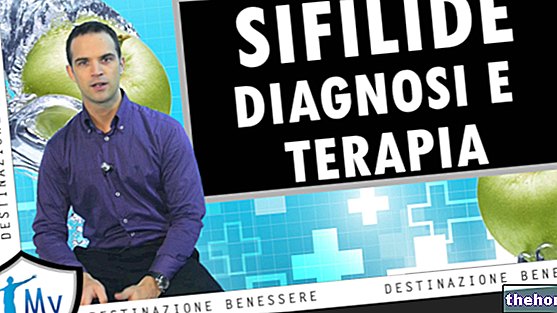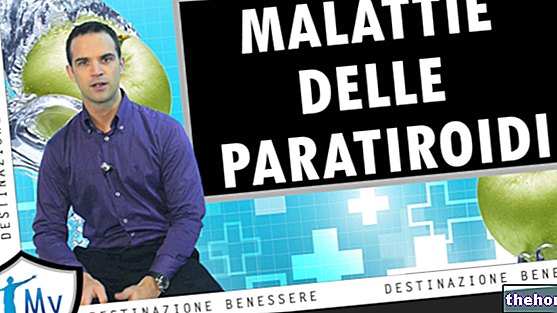In this video lesson we continue to talk about the human papilloma virus (also known by the acronym HPV). In the previous lessons we have seen the possible consequences of the infection, especially as regards the cancer of the cervix; moreover, on the prevention front, we discovered that thanks to the pap test and the most modern HPV test it is possible to identify the lesions associated with the infection in the bud, and then treat them effectively before they degenerate into a tumor. Today, however, we face another an important prevention strategy, represented by vaccination against human papilloma virus.
For some years now, two vaccines have been available, one bivalent and one tetravalent, respectively called Cervarix and Gardasil. Both vaccines are able to prevent, in almost all cases, persistent infection by two strains of high-risk oncogenic papilloma virus; in particular, these vaccines protect against HPV 16 and 18, which alone are responsible for 70% of cervical cancer cases. Furthermore, only the tetravalent vaccine, therefore Gardasil, also protects against genotypes 6 and 11, which are associated with benign alterations called genital warts or warts. Like any other vaccine, Cervarix and Gardasil act by stimulating the body's immune defenses, in order to induce immune protection from infection. In this way, they significantly contribute to the prevention of cervical cancer. that the vaccine has a preventive, not a curative purpose, and vaccination is less effective in women who have already contracted the HPV infection, which is very common in sexually active people.
The human papilloma virus vaccine is not mandatory, but is still recommended by the Ministry of Health. The free offer of the vaccine is provided for adolescents entering the 12th year of age, or 11 years of age. This is because at this age it is assumed that the majority of girls have not yet started sexual activity. Furthermore, some studies have shown that the immune response in adolescents is greater than that of young women. It should also be emphasized that some Regions offer free vaccination even to larger segments of the population, under the age of 26. However, vaccination can also be carried out for a fee by women outside these age groups, subject to the indication and prescription of their doctor. But first, if the woman has already had sexual intercourse, she is usually advised to perform the HPV test. In general, in fact, maximum protection is obtained if the vaccine is carried out before any exposure to the virus, therefore before having sexual intercourse. Furthermore, recent research has raised the possibility of vaccinating males as well.
The vaccine is administered by injection into the deltoid muscle, that is, in the upper arm. The vaccination schedule requires three different injections at set intervals, so we will have an initial dose and two subsequent boosters, within 6 months of the first. To achieve adequate protection, it is very important that all three doses are administered. Vaccination is generally well tolerated. Side effects that may possibly occur following the administration of the vaccine include pain, redness, swelling and itching at the injection site. These local reactions to the vaccine are generally mild and in any case transient, and resolve spontaneously within a few days. Other adverse reactions following vaccination are the appearance of fever, urticaria and, only for the bivalent, headache, nausea, abdominal, muscle or joint pain.
A dose of vaccine is composed of viral-like particles (called VLPs), produced with DNA-recombinant technology, by which purified viral antigens are obtained. In simple terms, the empty shells of HPV 6, 11, 16 and 18 viruses are reproduced in the laboratory; this shell is empty since it contains neither DNA nor other viral proteins. Precisely because it does not contain viral nucleic acids, there is no possibility that the vaccine will cause the infection. Consequently, the injected particles are neither infectious nor oncogenic, but retain the ability to stimulate a significant antibody response. Thus, in the case of any future contact with the papilloma virus, the body will be able to fight the infection. Therefore, it will not be possible to verify the precancerous cervical changes, nor the consequent evolution into a tumor.
But be careful, the vaccine must not lead to lowering one's guard against the dangers associated with papilloma virus infections. In other words, vaccinated women will also have to undergo periodic screening for cervical cancer. In fact, as we have seen, the vaccine protects only from strains 16 and 18, while it does not guarantee an equally effective coverage against other HPV with oncogenic potential. Even after any vaccination, therefore, it is very important to continue to undergo regular Pap tests or HPV tests.

.jpg)


























